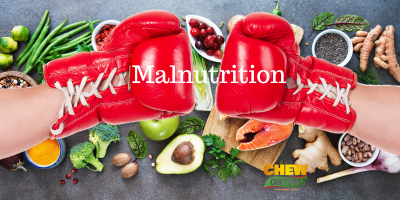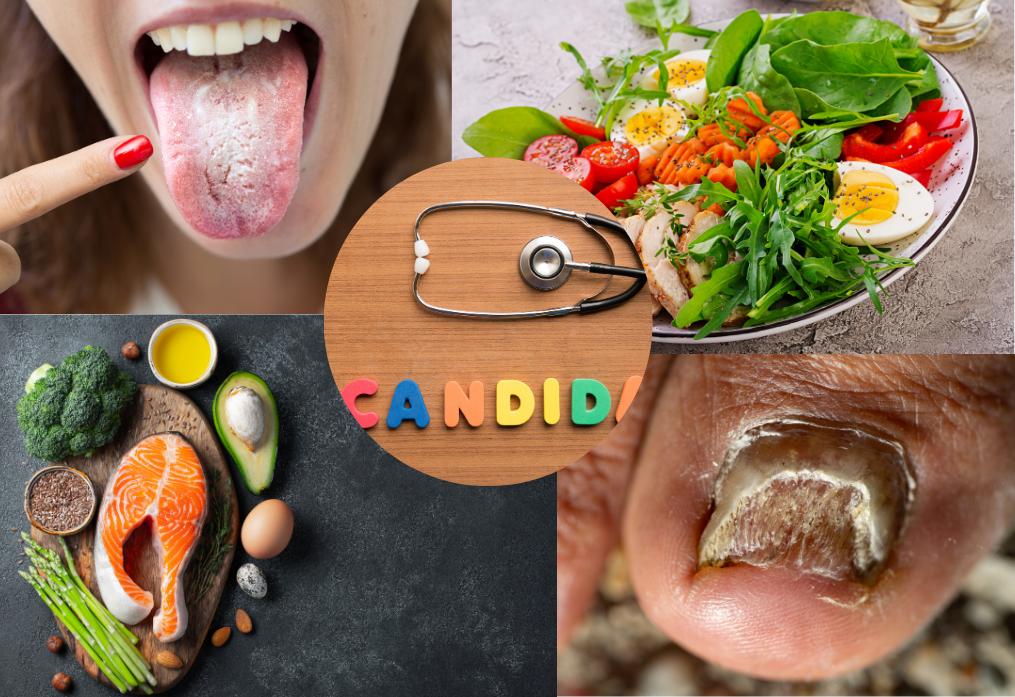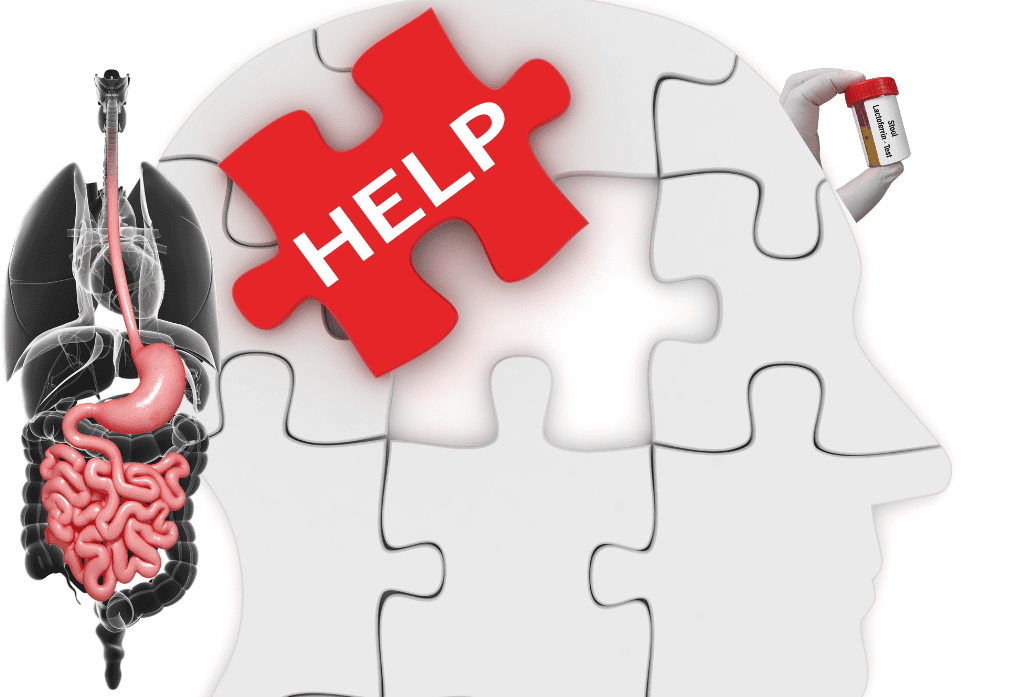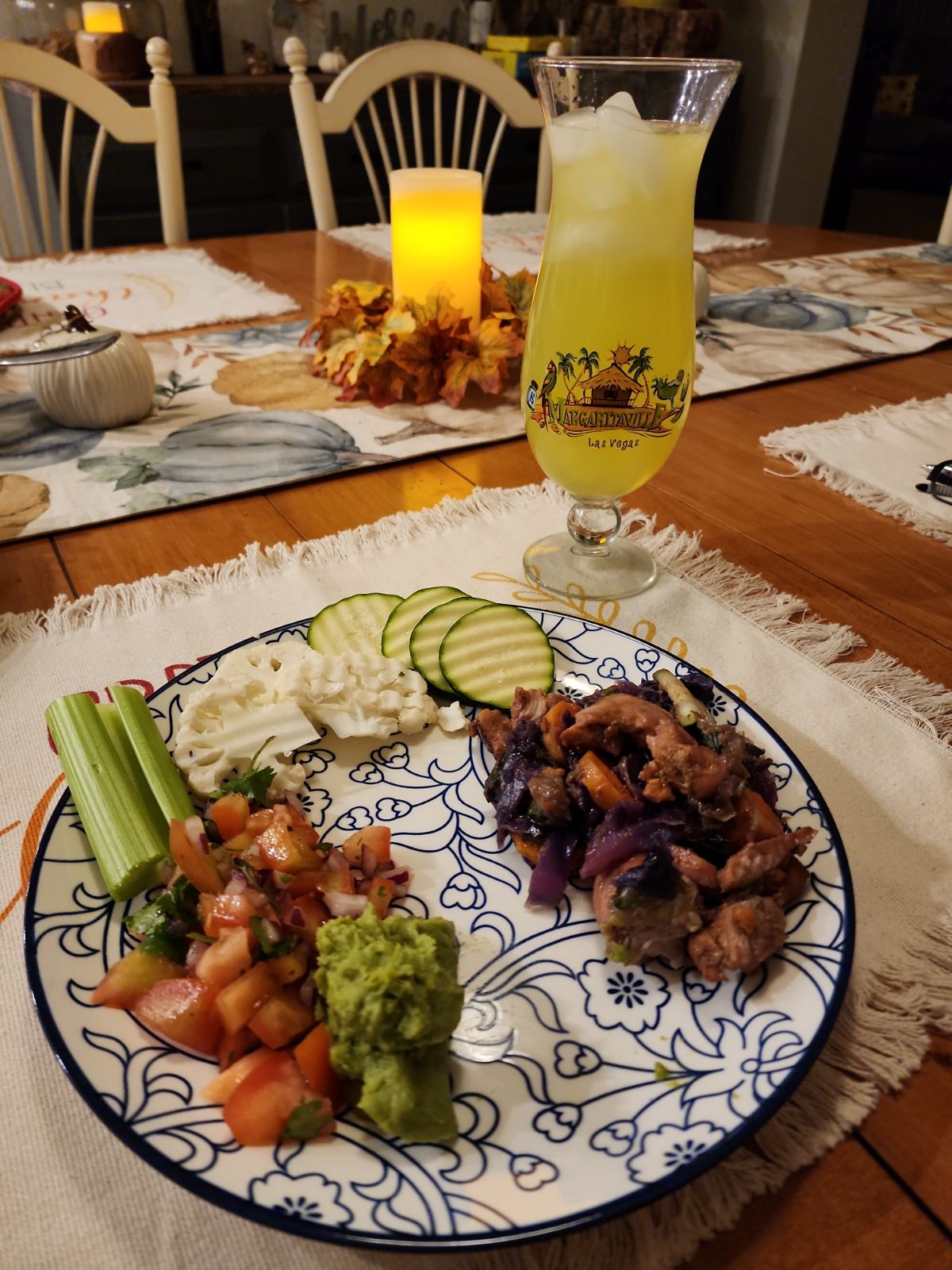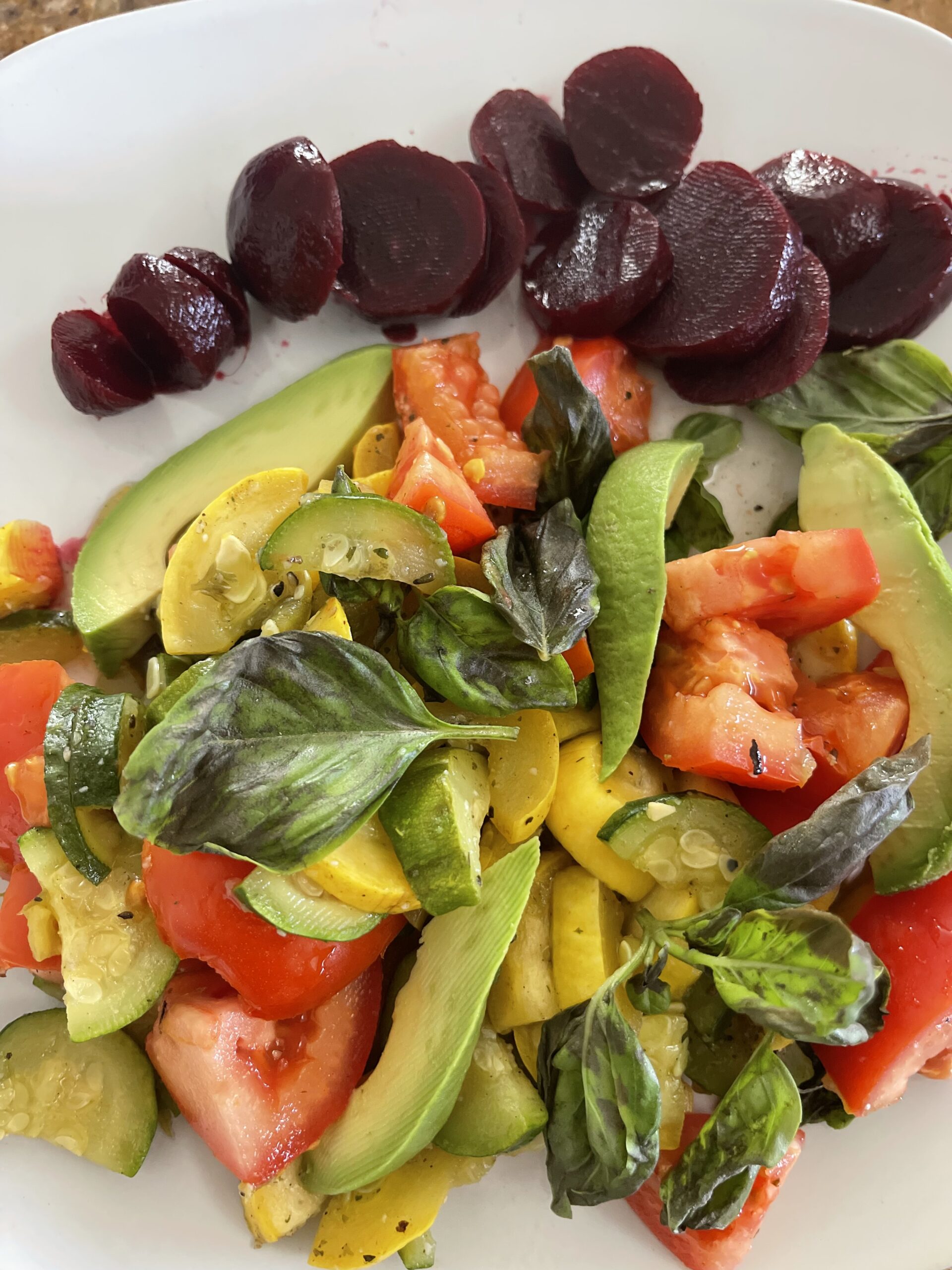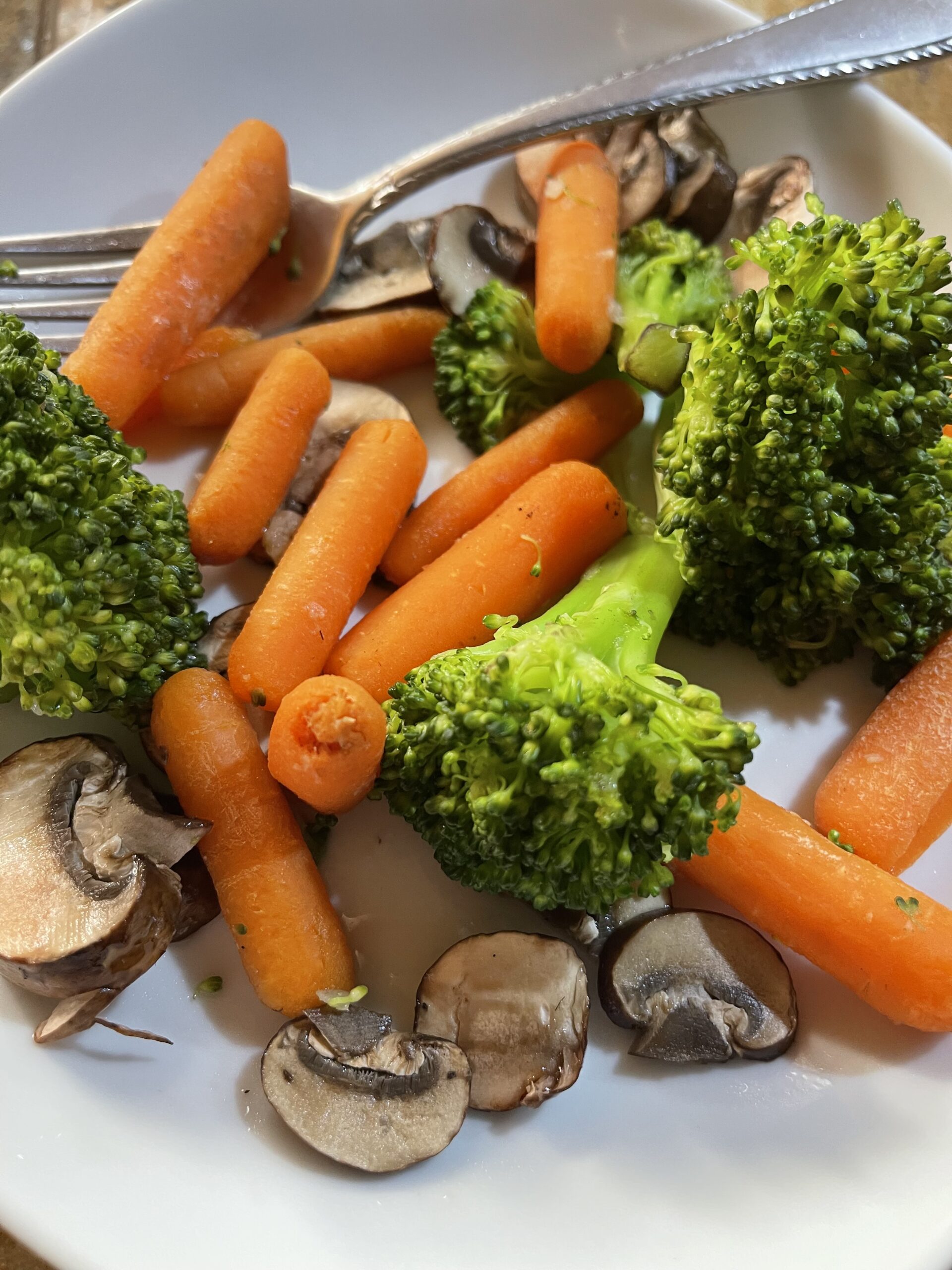Introduction
Candida, a genus of yeasts, is often associated with a range of health problems when it overgrows in the body. From physical discomforts to cognitive challenges, its effects can be far-reaching. In response to this issue, some advocate for the Candida Diet, a regimen that restricts sugar and carbohydrates to rebalance gut health. However, the efficacy of this approach is a subject of debate, with critics highlighting its lack of scientific validation. Understanding candida and its implications is crucial for navigating potential health concerns effectively.
The Definition of Candida
Candida is a genus of yeasts that normally live inside the body and on the skin. There are hundreds of these yeasts, but many species can cause fungal infections if their numbers grow out of control or if they enter the bloodstream or other organs. This type of infection is called candidiasis.
What Is Candida Albicans?
Candida albicans is the species of yeast that most commonly causes candidiasis infection. The overgrowth can result in conditions like oral thrush and vaginal yeast infections.
What Is Candida Overgrowth?
Candida overgrowth means the yeast is present in excessive amounts, becoming pathogenic. Candida overgrowth can cause thrush and vaginal yeast infections. Some experts, like Ali Miller, RD, CDCES, recognize it as the source of numerous health symptoms that can be addressed with dietary changes.
Main Symptoms of a Candida Infection
If you have a yeast infection, you may notice itching and irritation in the vagina and vulva, burning while urinating or during sex, redness in the area, or a cottage cheese–like discharge. Oral thrush appears as a white coating on your tongue or cheeks, along with redness and soreness in your mouth. Invasive candidiasis, a fungal infection of the blood or organs, can cause a fever or chills and can be life-threatening.
Some healthcare practitioners believe that candida overgrowth may cause chronic and seemingly unrelated problems, such as bloating, bowel irregularities, chronic fatigue, cystic acne, skin rashes, and brain fog.
Risk Factors for a Candida Infection
For vaginal yeast infections, risk factors include a recent course of antibiotics, uncontrolled diabetes, being immunocompromised, and increased estrogen levels, such as during pregnancy. Antibiotic use is one of the most common causes of candida overgrowth. Antibiotics sterilize the microbiome, killing both bad and good bacteria, and disrupting the balance of yeast in the body.
Medicines like nonsteroidal anti-inflammatory drugs (NSAIDs) or cortisone-type drugs can also impact the gut microbiome negatively. Lifestyle factors like high stress or high alcohol intake may increase susceptibility to yeast overgrowth, though hard research on these associations is lacking.
The Candida Diet
Overview of the Candida Diet
The candida diet aims to eradicate excess yeast and bring the gut back into balance by removing all sources of flour, sugar, and yeast from your diet. It encourages lean proteins, nonstarchy vegetables, healthy fats, and several supplements to aid the process.
Foods to Eat on the Candida Diet
- Wild-caught fish
- Grass-fed beef
- Pasture-raised poultry, including chicken
- Eggs
- Cruciferous vegetables (broccoli, cauliflower, cabbage, Brussels sprouts)
- Leafy greens (kale, dandelion, lettuce)
- Nonstarchy vegetables (asparagus, zucchini, onions, shallots)
- Spices (turmeric, cumin)
- Ginger
- Lemon
- Some fruits, including tomatoes and berries like strawberries, raspberries, and blueberries (limited)
- Nuts, including walnuts, almonds, and macadamia nuts
- Seeds (chia seeds, flaxseed, hemp seeds)
- Herbs (cilantro, basil, oregano)
- Avocado
- Olive oil and olives
- Coconut oil
- Bone broth
- Dark chocolate
- Water
- Rooibos, green tea
Foods to Avoid on the Candida Diet
- Flour-based foods (pizza, bread, bagels)
- Sweetened foods (ice cream, candy)
- Vinegar, including apple cider vinegar (reintroduced around week four)
- Mushrooms
- Dairy
- Alcohol, particularly beer, Champagne, and hard ciders
- Fermented foods (yogurt, kefir, kimchi, kombucha, sauerkraut; reintroduced around week four)
Controversies Surrounding the Candida Diet
While some experts advocate for the candida diet, others argue that it is largely unproven. Many believe that any benefits from the diet are likely due to general improvements in eating habits rather than the specific exclusion of certain foods. More rigorous research is needed to conclusively determine the efficacy of the candida diet in treating yeast overgrowth and related health issues.
Conclusion
Understanding candida and its impact on health is essential for addressing related health issues effectively. While the candida diet offers a potential solution for managing yeast overgrowth, it is not without its controversies. Maintaining optimal health is crucial to prioritizing balanced, healthy eating habits and consulting with healthcare professionals.



